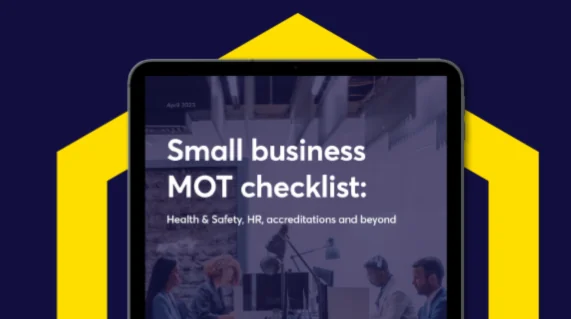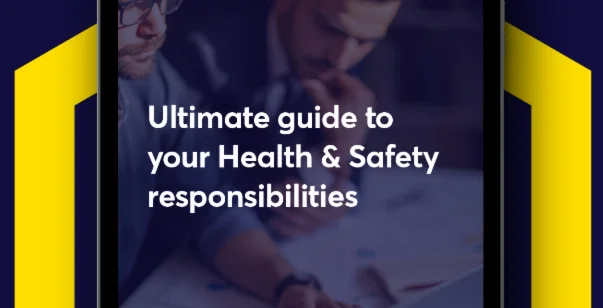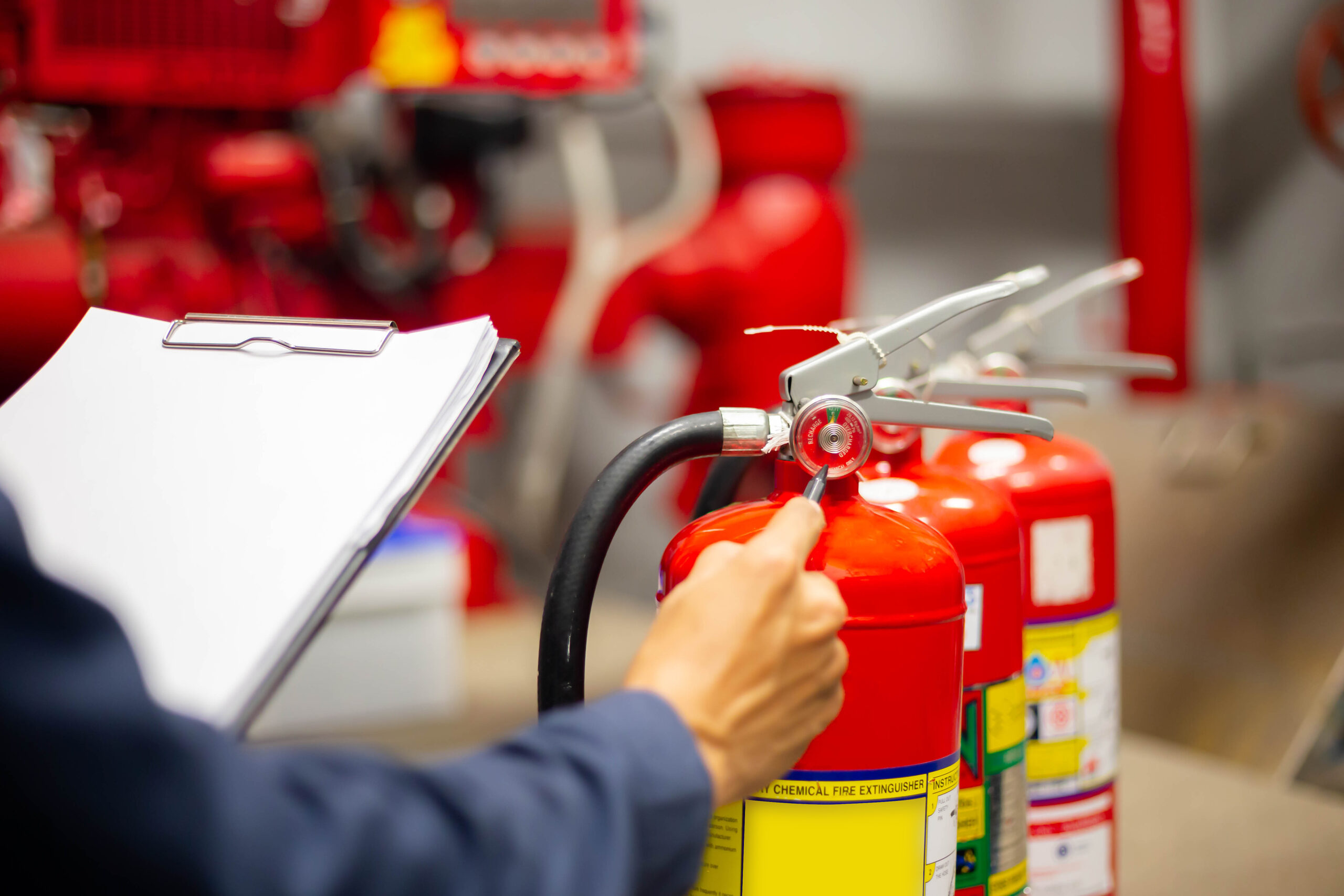In the hustle and bustle of the modern workplace, the issue of noise can often go overlooked. But, the Control of Noise at Work Regulations 2005 are designed to address this issue, which isn’t a small one. The Health and Safety Executive (HSE) reports that 17,000 people suffer from deafness, ringing in the ears or other ear conditions caused by excessive noise at work.
In this blog, we’ll be providing business owners with some guidance on understanding and keeping to these regulations – ultimately ensuring a safer and healthier work environment.
What does the law say?
The Control of Noise at Work Regulations 2005 were introduced with the main goal of keeping workers safe from the harmful effects of excessive noise exposure. According to the HSE, the regulations are designed to “protect workers from risks to their health and safety arising from exposure to noise at work.” Let’s delve into the specifics of this legislation and explore their aims.
How is noise defined by the control of noise at work regulations?
The legislation explicitly defines “noise” as “unwanted sound,” highlighting the subjectivity of this experience. It recognises that not all sounds are harmful, but those exceeding certain limits can pose risks to health and safety.
Noise at work action levels
Understanding the legal limits of noise at work is crucial for complying with these regulations. The regulations set out specific values that employers must be aware of, ensuring that noise at work action levels aren’t exceeded. Action values aren’t hard limits, but they are the levels of noise exposure at and above which you need to take certain actions. Action levels can be exceeded, but only in a controlled way.
If the average noise level is above 80dB or 135dB at peak sound pressure, then action needs to be taken. If people are exposed to noise at or above the lower action values, a risk assessment needs to be carried out. You should assess the level, type and duration of exposure and any measures needed to reduce or control it.
If the average noise level is above 85dB or 137dB then action needs to be taken to reduce the noise, or reduce exposure.
What are exposure limit values?
Exposure limit values are a limit of the levels of noise above which an employee should not be exposed. This doesn’t mean there’s necessarily a limit on the noise in the workplace, it’s about limiting the level of noise to which your workers are exposed.
These limits should not be exceeded, but if they are then you must make changes to reduce the exposure below the limit. You can do this by identifying the noise and why it exceeded the limit, and putting controls in place to stop this from happening again.
How to manage the control of noise at work?
Effectively managing and controlling noise in the workplace is a shared responsibility. Employers play a pivotal role in implementing measures to mitigate noise-related risks. Let’s explore practical approaches to managing the control of noise at work.
Managing and controlling noise in the workplace has to be a shared responsibility. You play a crucial role in implementing measures, whilst employees have their own responsibility when it comes to flagging excess noise and using control measures like personal protective equipment (PPE). Let’s explore some practical solutions to managing the level of noise at work.
Noise risk assessment
As we’ve already said, a noise risk assessment is the most effective way to manage risks associated with excessive noise. This is a proactive measure that involves identifying potential noise hazards in the workplace, evaluating the level of exposure, and implementing appropriate controls. By carrying out regular assessments, employers can pinpoint areas of concern and take the proper action quickly.
Limit time spent in noisy environments
Reducing the amount of time a worker is exposed to high noise levels is a really important part of noise management. Consider implementing job rotation, break schedules and task distribution policies to help limit the time employees spend in noisy environments.
Design and lay out the workplace for low-noise emission
Think about the way your workplace is designed and laid out, and think about ways you can move things around to contribute to noise reduction. You could place noisy machinery in isolated areas, use more sound-absorbing materials and optimise the overall layout to create a quieter working environment.
Introduce engineering controls
Engineering controls involve modifying or replacing equipment to reduce noise emissions. This is a proactive approach that addresses the issue at its source and will offer a long-term solution when it comes to noise control in the workplace.
Here are some examples of engineering controls that could help reduce exposure to noise at work:
- Use silencers or mufflers on certain systems
- Maintaining your equipment and tools
Personal Protective Equipment (PPE)
While PPE is considered a last resort, it can play a crucial role in protecting employees from excessive noise. Employers should provide suitable hearing protection when other control measures are not feasible or if they’re not reducing the noise levels properly.
Some examples of PPE to help reduce noise exposure include:
- Ear muffs
- Ear plugs
The Importance of the Control of Noise at Work Regulations
Understanding and implementing the Control of Noise at Work Regulations 2005 is essential for promoting a safe and healthy workplace. By prioritising noise management through risk assessments and practical controls, business owners can create an environment where employees thrive without compromising their well-being.
Take control of noise levels with HS Direct
Prioritising noise management and understanding the law behind it is essential for promoting a safe and healthy workplace – and we’re here to help you out.
It can be daunting to put together risk assessments by yourself, so we’ve got a free noise risk assessment template on our website that you can download to get yourself compliant right away. Or, if you think you or your people could do with some in-depth training, our e-learning course all about the effects of noise is the one for you. Or, if you’d like to chat to a member of the team about controlling levels of noise in your workplace or general compliance needs, just give us a call on 0114 244 4461 or fill out our contact form and we’ll be in touch.








